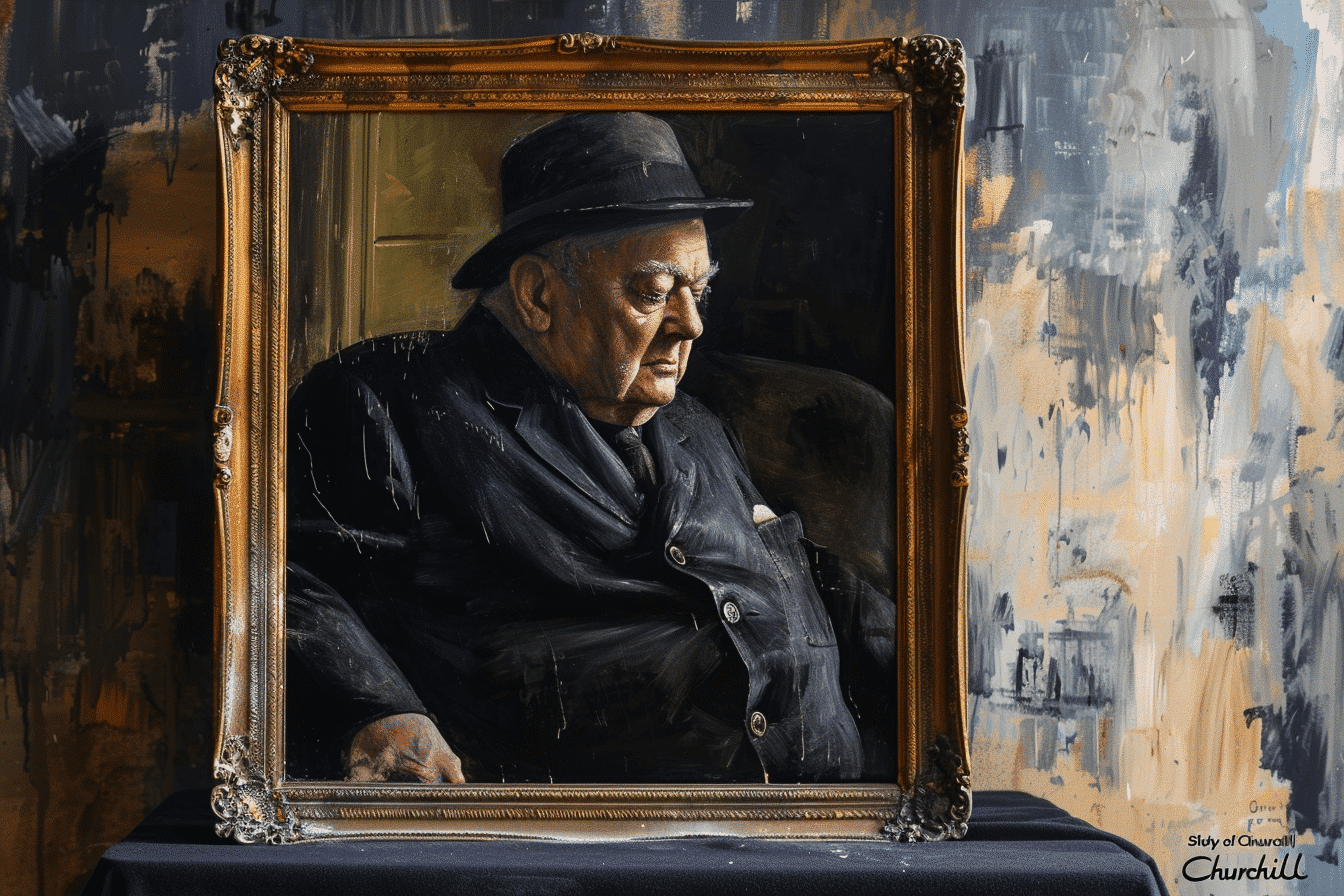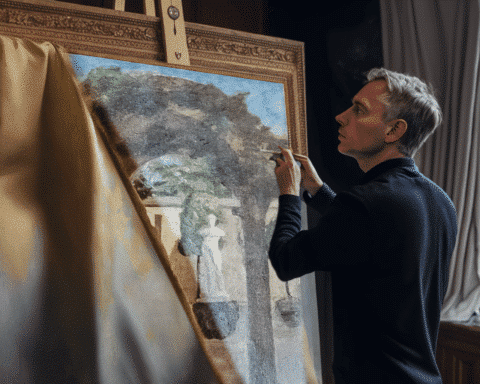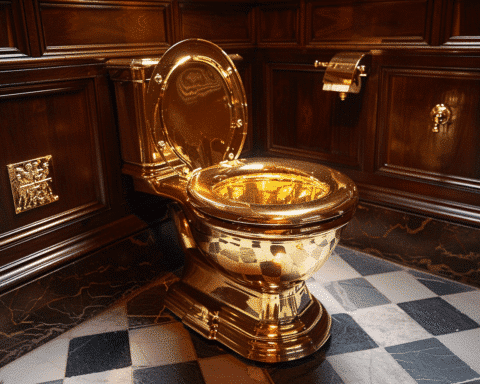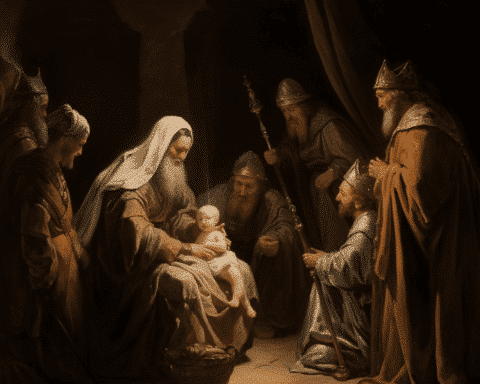A version of Winston Churchill’s infamous portrait, prominently featured in Netflix’s “The Crown,” is set to go under the hammer. This portrait, a study created by the renowned artist Graham Sutherland, captures the complexity of Churchill’s reaction and the broader theme of political leaders managing their public images. The artwork, which Churchill described as “filthy and malignant,” provides a fascinating insight into the intersection of art, politics, and historical legacy.
The Portrait That Sparked Outrage
“That is not a painting; it’s a humiliation!” exclaimed Winston Churchill (played by John Lithgow) to painter Graham Sutherland (Stephen Dillane) in “The Crown.” This dramatic scene reflects Churchill’s real-life disdain for the portrait unveiled on his 80th birthday 1954. Churchill’s reaction was intense; he described himself as “a broken, sagging, pitiful creature” and the portrait as “a betrayal of friendship and an unpatriotic, treacherous, cowardly assault by the individualistic left!”
The Burning of the Portrait
The episode of “The Crown” concludes with Churchill’s wife, Clementine, watching the portrait burn on a bonfire, an event rooted in historical fact. The original picture, which Churchill vehemently rejected, was indeed destroyed. “I think he was quite vain about his image,” noted Andre Zlattinger, Deputy Chairman UK and Head of Modern British & Irish Art at Sotheby’s, explaining that Churchill’s concern about his public image was heightened by his recent stroke and fragile political position.
The Study’s Journey to Auction
While the original portrait was lost to flames, a study of Churchill by Sutherland survived. This study, a more intimate and relaxed depiction, is now on display at Blenheim Palace and will soon be auctioned by Sotheby’s. Estimated to fetch up to £800,000 ($997,000), the study has attracted significant attention, partly due to its portrayal in popular culture. “After ‘The Crown’ episode and Gary Oldman’s portrayal of Churchill in ‘Darkest Hour,’ we had new collectors coming in the market looking for Churchill paintings,” revealed Bryn Sayles, Head of Sale, Modern & Post-War British Art at Sotheby’s.
The Historical Context of Image Control
Churchill’s efforts to control his image were not unique. Throughout history, rulers have manipulated their representations to maintain power and stability. Ancient Egyptian pharaohs and Queen Elizabeth I famously altered their images, presenting themselves in idealized forms. “After her 40s, Elizabeth simply didn’t age,” explained Robert Blyth, Senior Curator of World and Maritime History at Royal Museums Greenwich. The desire to project strength and stability was crucial, especially during political uncertainty.
Churchill’s Political Precarity
Churchill’s political career was marked by turbulence. After leading the UK through World War II, he was voted out of office only to return as Prime Minister in 1951 with a slim majority. His health and political fragility in the early 1950s made him particularly sensitive about his public image. “His health and political position at that time contributed to him being particularly controlling about how that portrait was created and perceived,” Sayles noted. Significant global events, including the death of Stalin and the Suez crisis, marked this period.
The Enduring Interest in Churchill
The upcoming auction of Sutherland’s study underscores the enduring fascination with Churchill. Despite his disdain for the original portrait, the study has become a coveted piece of history. The renewed interest sparked by “The Crown” and “Darkest Hour” has brought Churchill’s image back into the spotlight, highlighting the complex legacy of one of the UK’s most iconic leaders.
As Graham Sutherland’s study of Winston Churchill heads to auction, it reminds us of the powerful interplay between art, politics, and history. Churchill’s fierce reaction to his portrayal reveals much about his character and the importance he placed on his public image. Once a symbol of contention, this artwork now stands as a testament to the enduring intrigue surrounding Churchill’s life and legacy.




